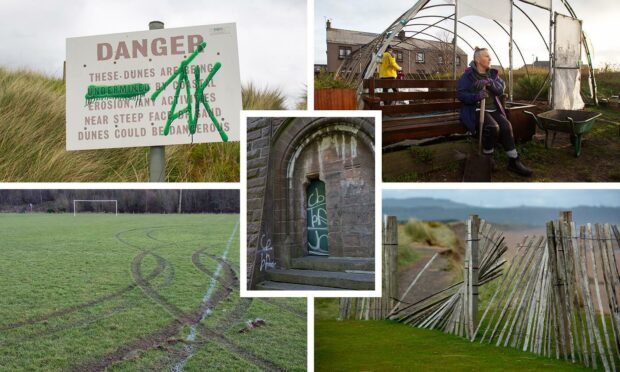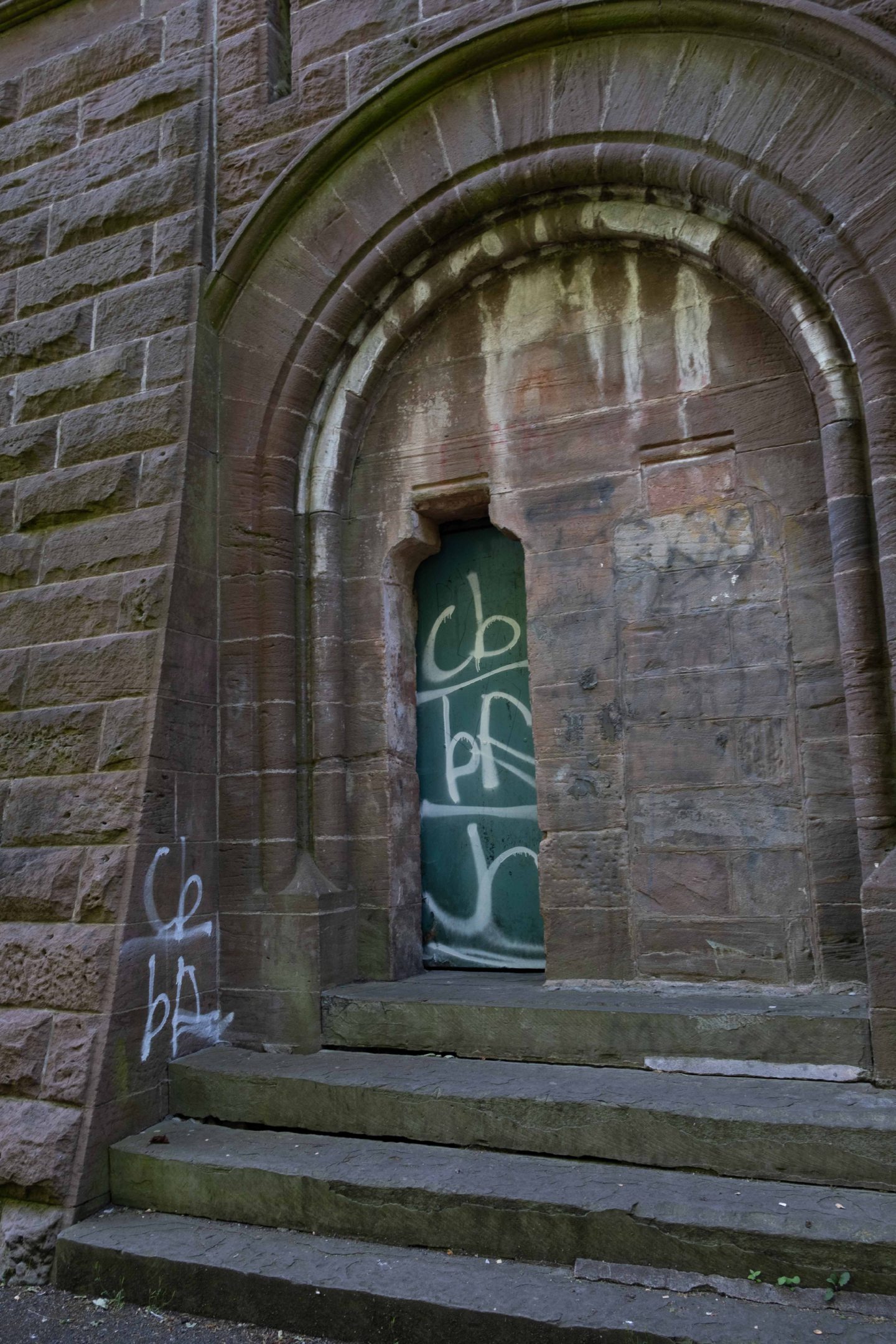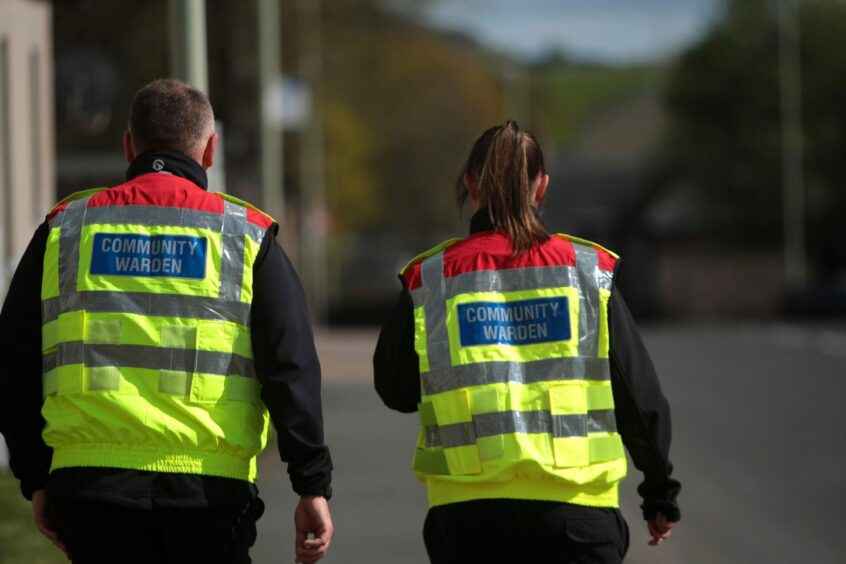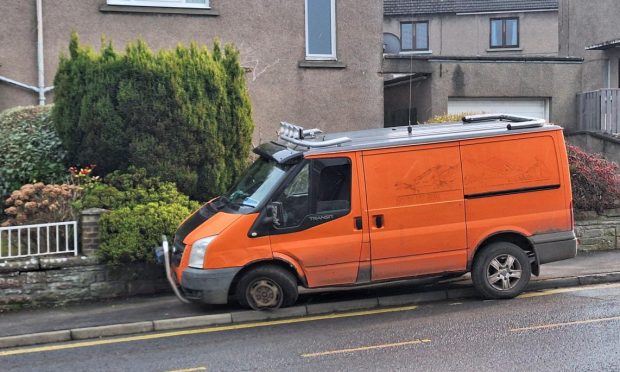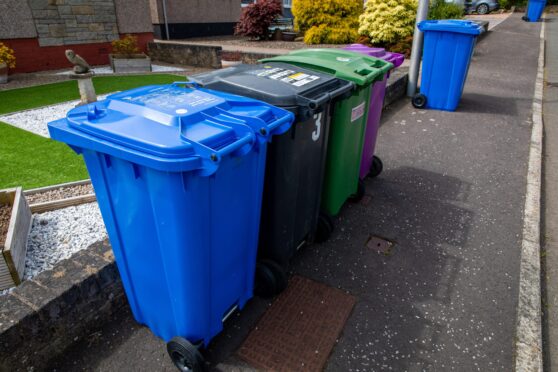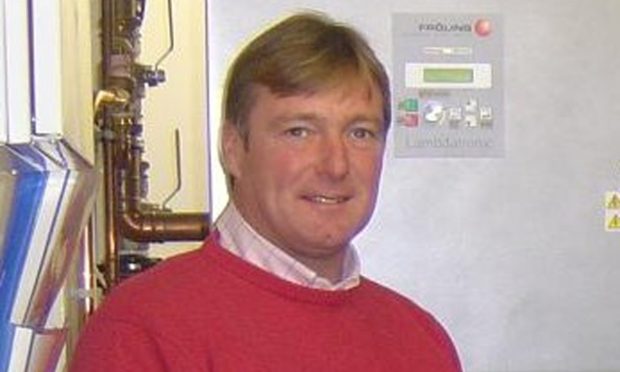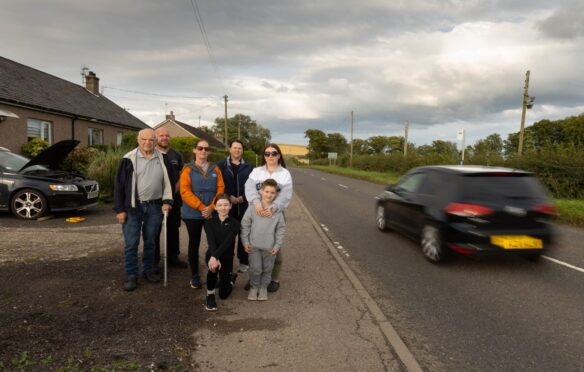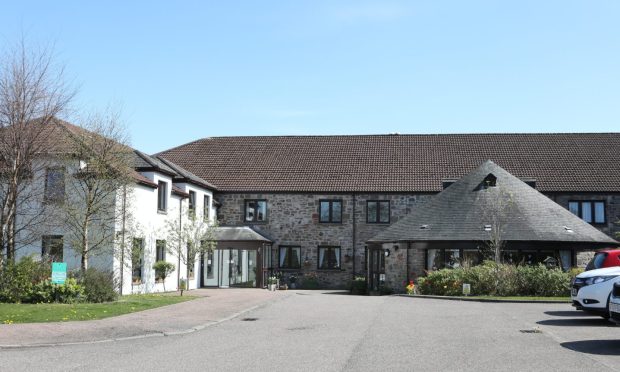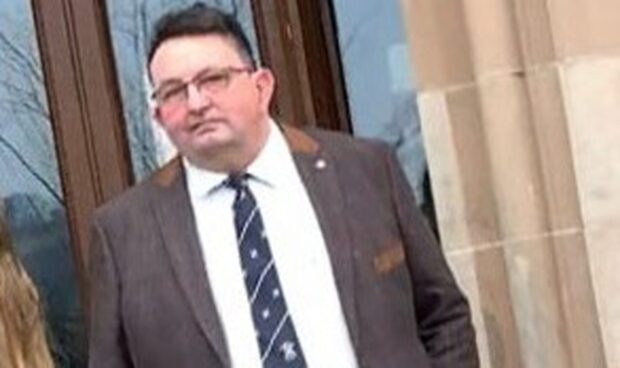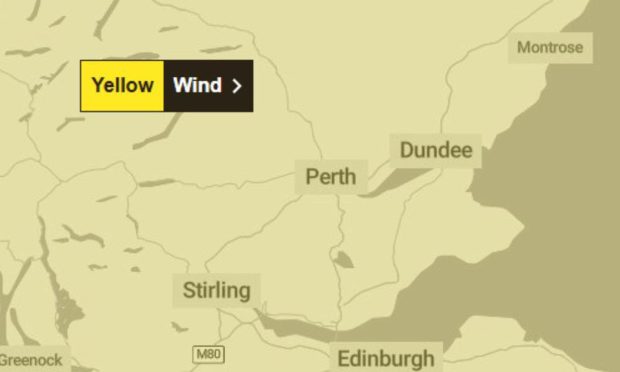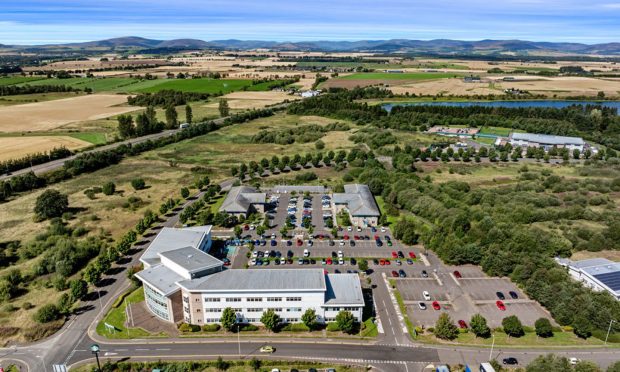Covid-19 brought an epidemic of anti-social behaviour in Angus.
As locked down locals vented their frustration on each other and neighbours the area saw a 30% spike in overall complaints.
And Covid rule-breaking claims brought a staggering rise in public nuisance reports of almost 120%.
It has led to calls for the area’s anti-social behaviour strategy to be reinforced so people on the receiving end will know where to turn for problems to be sorted out.
And a call for more community warden “troops on the ground” to patrol troublespots.
Lockdown data
Statistics from the first lockdown from April to October 2020 were given to Angus councillors in a report on the authority’s 2021-2026 anti-social behaviour strategy.
Leading into the pandemic, a total of 6,031 reported incidents in 2019/20 was a near 10% drop from the previous year.
But the arrival of Covid brought a dramatic upsurge in incidents.
And it led to a 30% overall increase in anti-social behaviour complaints.
Anti-social behaviour where you live
Carnoustie, Monifieth and Sidlaw saw the greatest rise of 48% – 570 complaints compared to 385 the previous year.
But while the percentage increase was highest there, Arbroath saw the largest number of incidents.
A total of 1,229 reports was a rise of more than 25%.
The type of issues plaguing Angus residents
After public nuisance, neighbour disputes were the next biggest issue.
369 reported incidents was a 53% rise on the previous year.
Figures have shown a steady decline in public nuisance complaints since lockdown restrictions eased in April 2021.
However, concerns remain around trends showing increases in intimidation, violence or threats of violence and fire raising or vandalism.
The shock statistics have brought calls for more to be done.
Frustration and fear
Forfar councillor Lynne Devine said: “It’s important everyone realises this is not low level.
“It really impacts on people’s lives, causing them worry, fear and distress,” she said.
And there was criticism of a decision to disband the council’s community safety team a few years ago.
Montrose councillor Bill Duff said: “The set-up we had with community safety working in close proximity with police worked very well.
“We had a big team of community wardens.
“Many were ex-police officers and very effective in dealing with anti-social behaviour.
“Over the years we’ve moved the community wardens to parking enforcement.
“I don’t think we have enough troops on the ground.”
Early years intervention
Council leader David Fairweather backed calls for greater efforts to steer youngsters away from anti-social behaviour.
“They keep saying it, but it (early years intervention) doesn’t happen and perhaps it’s about time it did,” he said.
“There is a solution, but whether it will ever happen in my lifetime I’ve got my doubts.”
Arbroath councillor Lois Speed said: “When constituents get in touch to complain about anti-social behaviour they often feel their case just gets passed around and every department just puts it to the other.
“I wonder what can be done to make it clearer who will be taking the lead.”
Housing manager John Morrow said the strategy was for the Community Planning Partnership and not just the council.
The partnership includes organisations such as Police Scotland, Scottish Fire and Rescue, NHS Tayside and Angus Health and Social Care Partnership.
“It can be very frustrating. Resources are always an issue and that is why the strategy does focus on planning, collaboration and co-operation.
“The challenge for us is to get better communication out to people so they know where to go to report incidents and then what happens.”
